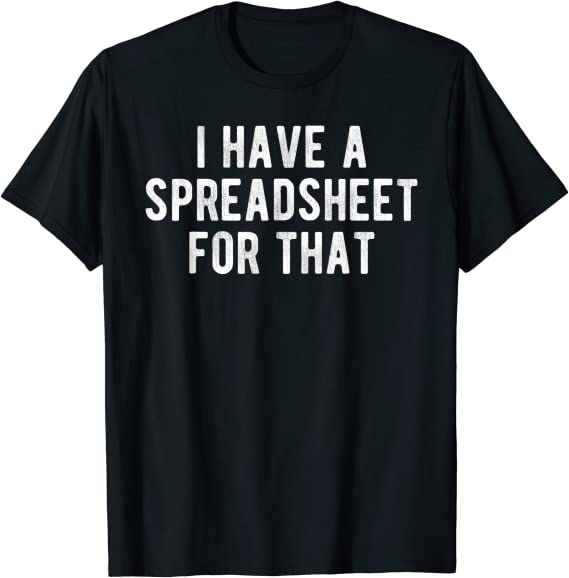Avoid the scramble for donor, grant and performance reporting

How many all-nighters and hair-pulling have you had to ensure your transportation program data is captured, analyzed, and reported on in a meaningful way? Too many. Our team has talked to hundreds of transportation coordinators, managers, and executives involved in elderly, special needs, and disabled transportation and we’ve seen three common challenges teams face:
-easily and quickly capturing the data to avoid paper trails, errors, and missing information
-completing weekly, monthly and yearly reports so that all stakeholders understand how the program is doing
-customizing, visualizing, and analyzing data on service providers and clients to continually improve your services
In this article, you’ll learn how to help your program stand out to your service providers, passengers, and funders while avoiding the spreadsheet scramble and increasing efficiency and time savings in your day-to-day work.
Challenge #1: Quickly and easily capture data
Efficient data capture is a big green flag that signals to your team that you are proactively working to track and manage your transportation program. If you want to truly stand out to your stakeholders, capture as much data as you can on your program. Examples are:
-robust driver/service provider and passenger demographic data so you know who you are serving to better engage and tailor your program to them
-wide-ranging ride data such as GPS location, the timing of pickup, start-to-pickup, ETA, on-time behavior, cancellation reasons, etc
But what about just using spreadsheets?
Managing spreadsheets is fine when you have basic data that you want to capture about ride bookings. One of the biggest risks of using spreadsheets to warehouse your program data is that things will daily silently. All it takes is one manual error to break the integrity of your spreadsheets which rely on information from other spreadsheets. Before you know it, your data is all screwed up and you have no way of articulating the health of your program to your board, management, or potential donors.
Challenge #2: Completing reports on-demand and quickly
The word “year-end reporting” can be a scary tune for most people – but not if you have the right processes in place from the start. How can you do quick year-end reporting without causing massive pain for your team?
-compile reports regularly. This allows you to provide background data or anecdotes to any irregular or unusual trends that you might be seeing. The last thing you want to do is try to remember what happened in March when Christmas rolls around.
-in fear that a small error will break everything, you have one team member that owns the data spreadsheet. In this model, you have a single point of failure which can be disastrous if something happens.
Challenge #3: Customizing, visualizing, and analyzing data
Between error corrections and adjustments in your reports, the time it takes to complete reports can easily spill over from one month to the next. A typical report involves a constant back and forth between your spreadsheets. And to make matters worse, most transportation professionals have to generate reports on top of their other responsibilities. It’s like a never-ending game of catchup. This process won’t be sustainable for long if your organization has its sights set on providing services to the community for the long term.
With over 30 built-in charts and reports, SPEDSTA can provide a snapshot of your program in one click. If that doesn’t work all the data can be instantly customized and analyzed with our web-based pivot tools that allow you to create, store and retrieve any reports at any time.
Instead of a spreadsheet, a reporting software tool gives you reports and features that you can trust. Whether or not your ultimate goal is to get more grants, and donors or improve your services eliminating spreadsheets is the first step to a better night’s sleep.
Recent Comments